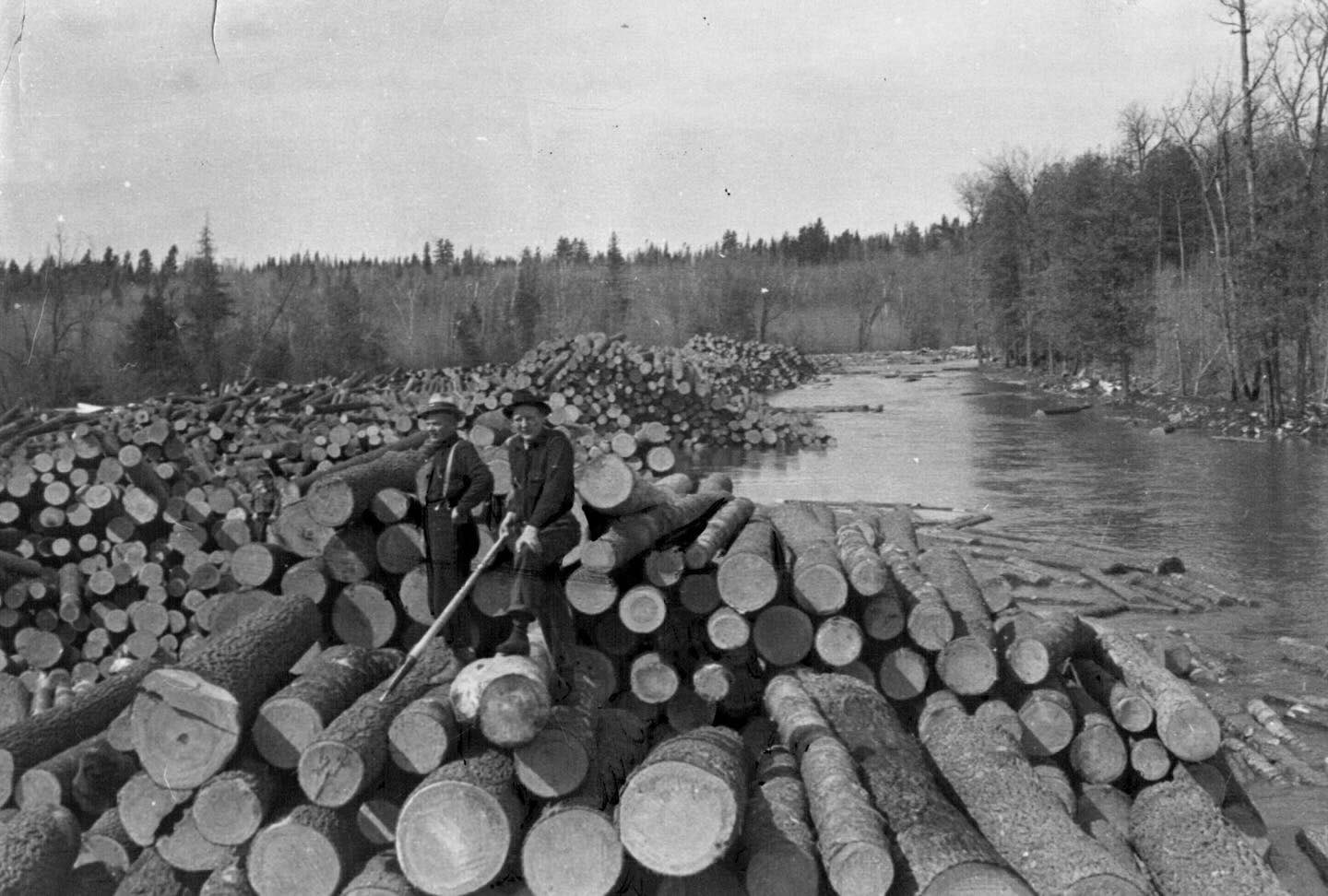Secrets Of Minnesota’s Lost Lumber Towns

Have you ever wondered about the hidden history of Minnesota's lost lumber towns? These once-thriving communities played a crucial role in shaping the state's economy and culture. During the late 19th and early 20th centuries, lumber towns sprang up almost overnight, driven by the booming timber industry. Workers flocked to these areas, creating bustling hubs of activity. However, as the forests were depleted, many of these towns faded into obscurity. Today, remnants of these forgotten places offer a fascinating glimpse into the past. Join us as we uncover the stories, landmarks, and legacies left behind by Minnesota's lost lumber towns.
Minnesota's Forgotten Lumber Towns
Minnesota's history is rich with tales of bustling lumber towns that once thrived in the dense forests. These towns played a crucial role in the state's development but have since faded into obscurity. Let's uncover some of these forgotten gems.
1. Little Falls
Little Falls, located along the Mississippi River, was a major hub for the lumber industry in the late 1800s. The town's sawmills processed vast amounts of timber, fueling the growth of nearby cities. Today, visitors can explore the Charles A. Lindbergh Historic Site and the Pine Grove Zoo, remnants of a once-thriving community.
2. Cloquet
Cloquet, situated in northeastern Minnesota, was home to one of the largest sawmills in the world. The town's prosperity was closely tied to the lumber industry, which peaked in the early 1900s. Although the sawmills are long gone, Cloquet still boasts beautiful parks, historic buildings, and the Fond du Lac Reservation.
3. Brainerd
Brainerd, nestled in the heart of Minnesota, was a bustling lumber town during the late 19th century. The Northern Pacific Railroad played a significant role in transporting timber from the area. Today, Brainerd is known for its outdoor recreation opportunities, including the Paul Bunyan State Trail and the Brainerd International Raceway.
4. Bemidji
Bemidji, often referred to as the "First City on the Mississippi," was a key player in the lumber industry. The town's location made it an ideal spot for logging operations. Visitors can still see the iconic statues of Paul Bunyan and Babe the Blue Ox, as well as enjoy the scenic beauty of Lake Bemidji.
5. Aitkin
Aitkin, located along the Mississippi River, was another important lumber town in Minnesota's history. The town's sawmills and logging camps were vital to the region's economy. Today, Aitkin offers a glimpse into its past with the Aitkin County Historical Society and the nearby Mille Lacs Lake.
6. Grand Rapids
Grand Rapids, situated in northern Minnesota, was a major center for the lumber industry in the early 20th century. The town's sawmills and paper mills were essential to its growth. Visitors can explore the Forest History Center, which offers a fascinating look at the area's logging heritage.
7. Pine City
Pine City, located along the Snake River, was a thriving lumber town in the late 1800s. The town's sawmills and logging operations were crucial to its development. Today, Pine City is known for its charming downtown area, the Snake River Fur Post, and the nearby Chengwatana State Forest.
8. International Falls
International Falls, situated on the border with Canada, was a key player in the lumber industry. The town's sawmills and paper mills were vital to its economy. Today, International Falls is known for its stunning natural beauty, including Voyageurs National Park and the Rainy River.
9. Ely
Ely, located in northeastern Minnesota, was a bustling lumber town in the early 1900s. The town's sawmills and logging camps were essential to its growth. Today, Ely is a popular destination for outdoor enthusiasts, offering access to the Boundary Waters Canoe Area Wilderness and the International Wolf Center.
10. Virginia
Virginia, situated in the heart of Minnesota's Iron Range, was a major center for the lumber industry. The town's sawmills and logging operations were crucial to its development. Today, Virginia is known for its rich history, including the Iron Range Historical Society and the nearby Superior National Forest.
Discovering Minnesota's Hidden History
Minnesota's lost lumber towns offer a glimpse into a past filled with hard work, community, and transformation. These towns, once bustling with activity, now stand as quiet reminders of an era that shaped the state. Visiting places like Pine City, Cloquet, and Akeley provides a unique opportunity to connect with history and nature. Each town has its own story, waiting to be explored through museums, trails, and local landmarks. Whether you're a history buff or just looking for a new adventure, these hidden gems are worth the trip. They remind us of the resilience and spirit of those who came before us. So next time you're planning a getaway, consider stepping off the beaten path to uncover the secrets of Minnesota's lost lumber towns. You'll find more than just history; you'll find a deeper connection to the state's rich heritage.

